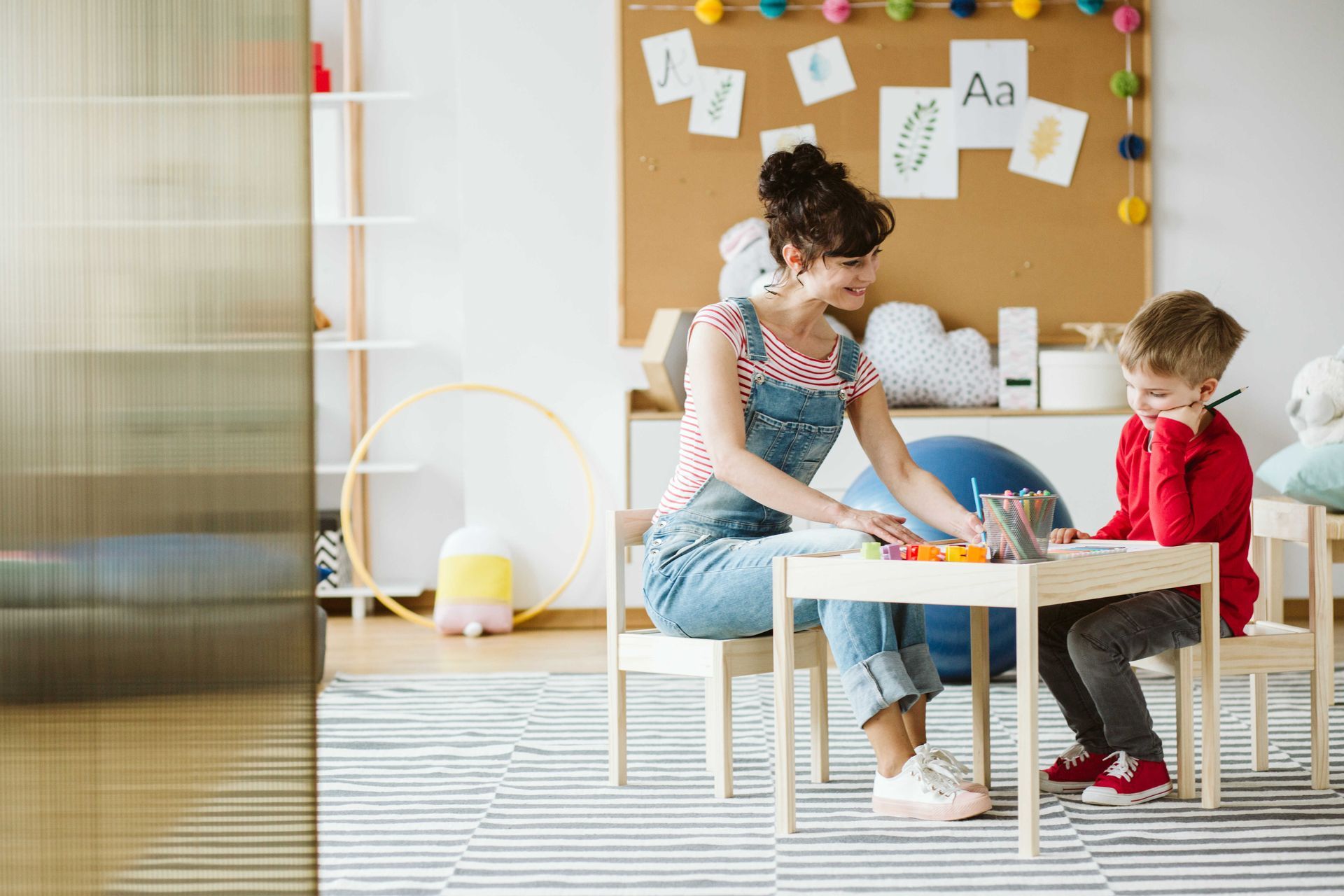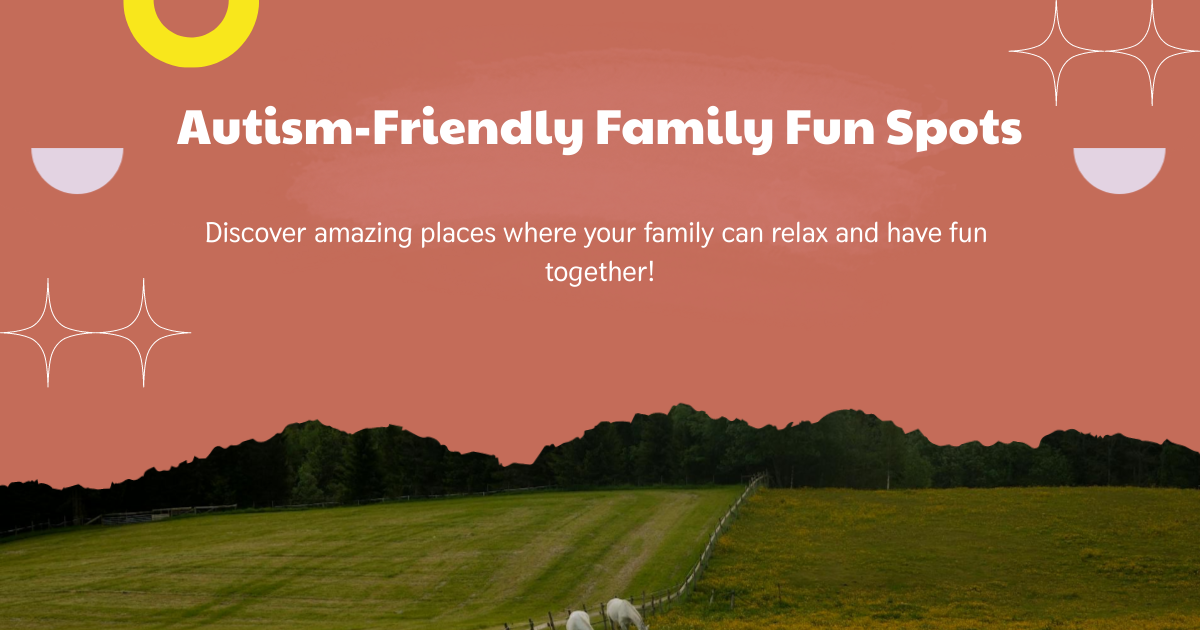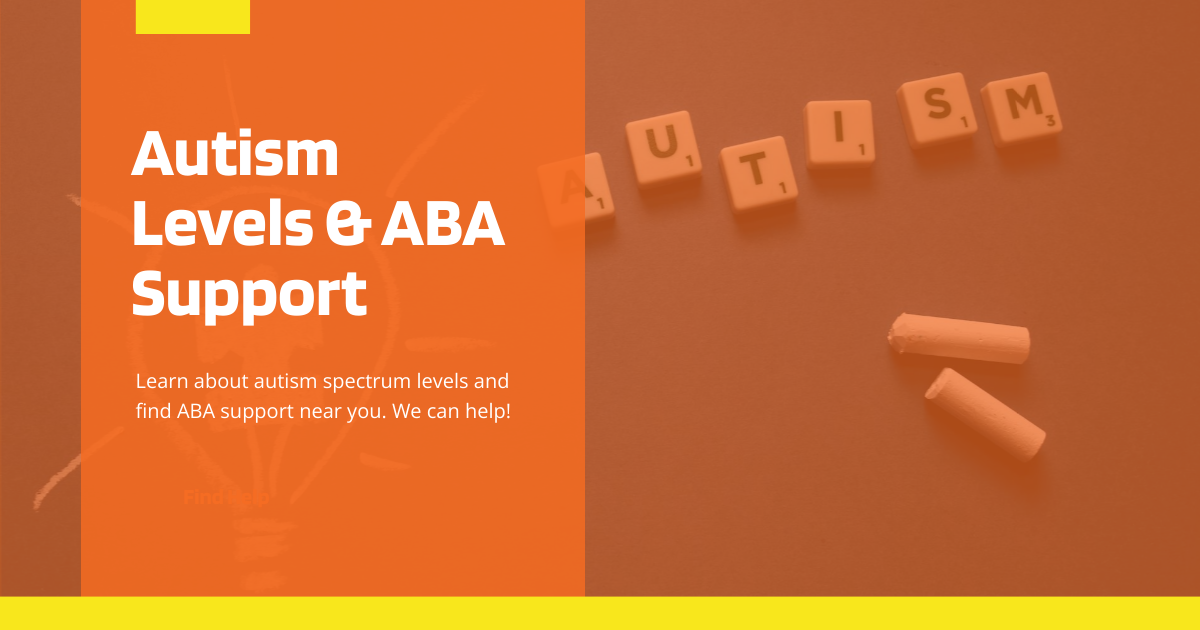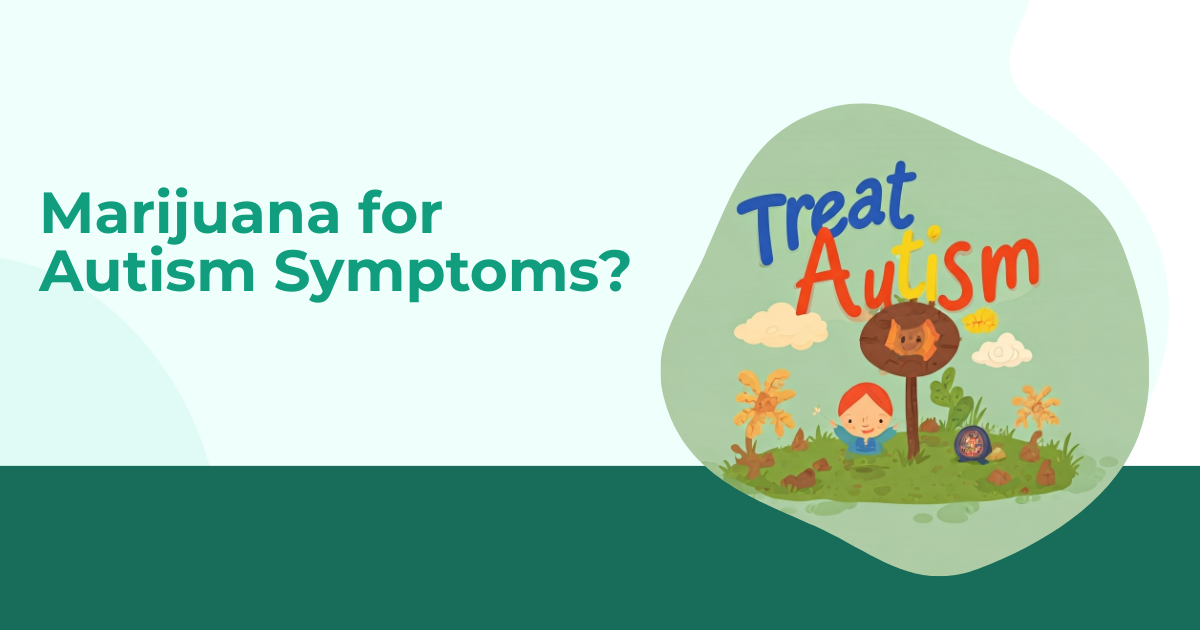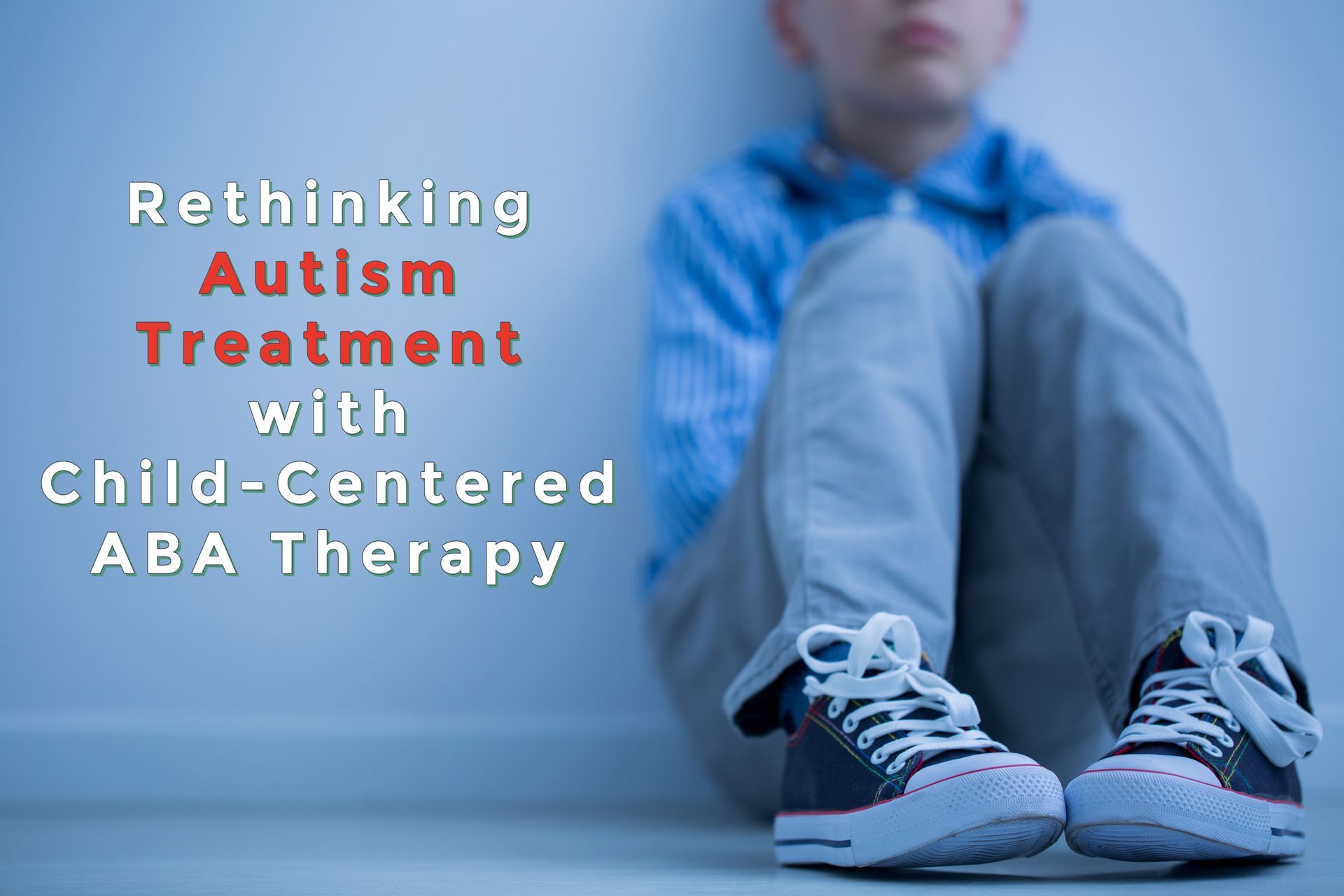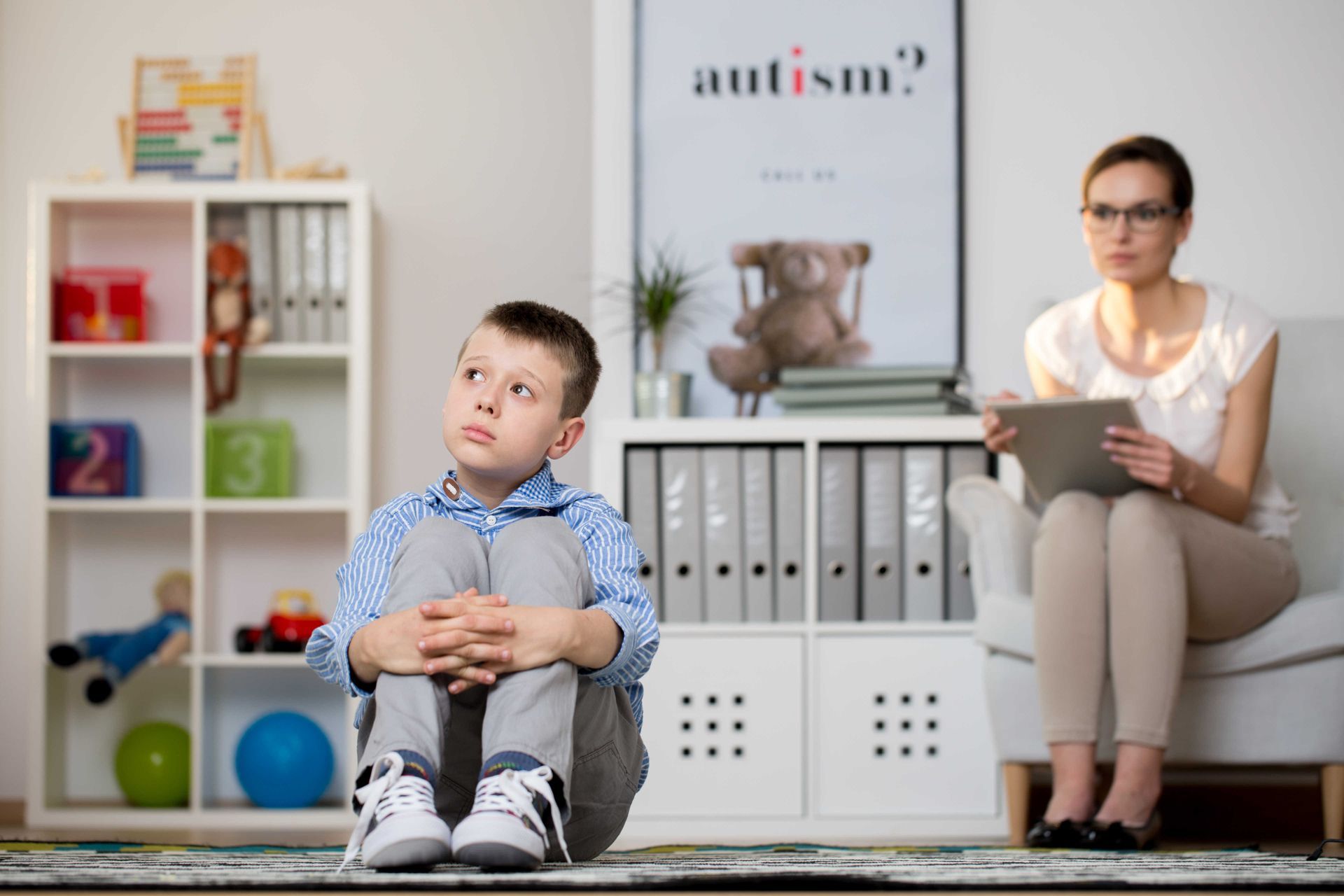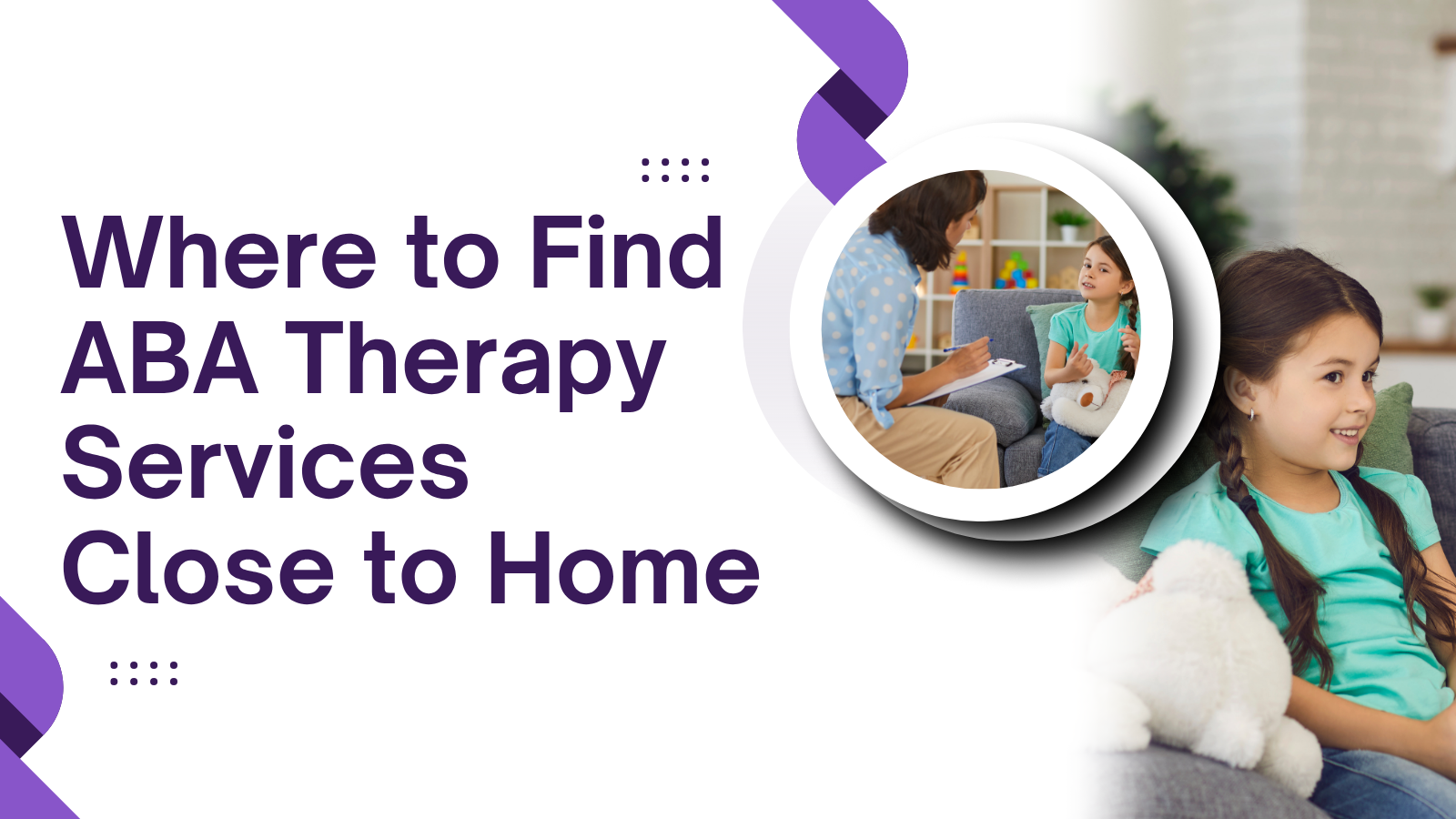Autism and Public Places: 7 Tips for Calm, Confident Outings
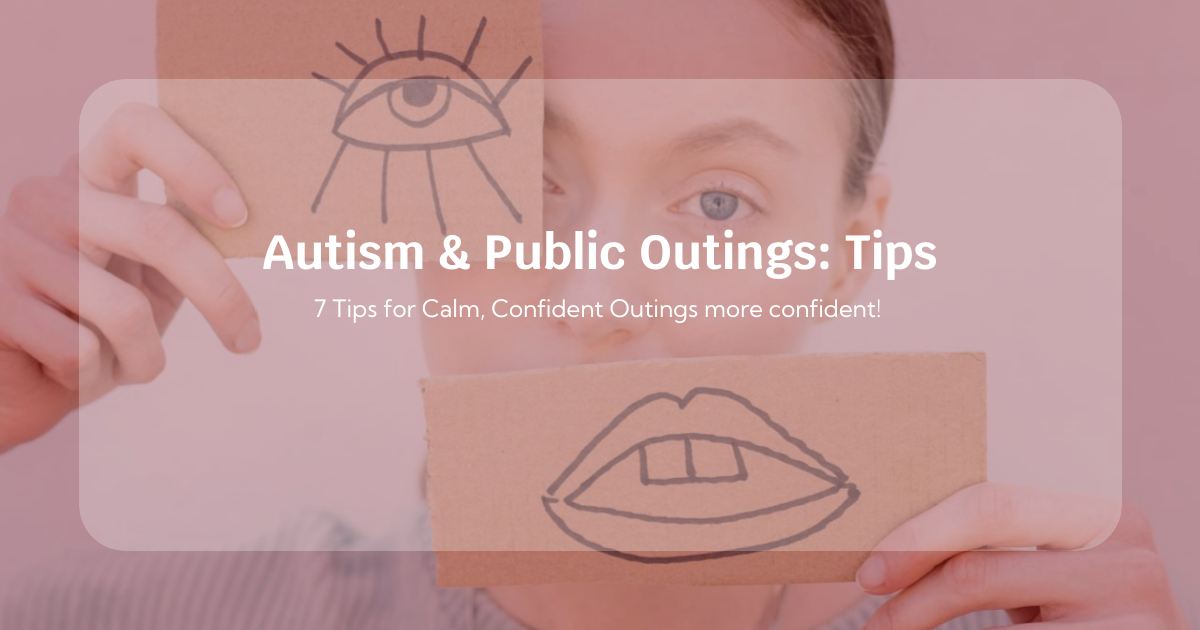
Navigating public places can be a challenging experience for many families, especially when caring for children with unique developmental needs. For families supporting a child with autism, outings to busy or unpredictable environments often bring added layers of complexity and anxiety. Understanding Autism in Public Spaces is essential to ensuring these outings become opportunities for connection, learning, and joy rather than stress and overwhelm.
Public environments can be noisy, crowded, and full of unfamiliar stimuli, which may impact a child’s behavior and comfort. However, with the right strategies and support, families can make these experiences more positive and manageable. This article explores seven practical tips for calm, confident outings for children on the autism spectrum, blending real-world approaches with insights from behavioral science.
Understanding Autism in Public Spaces
When we talk about Autism in Public Spaces, the core challenge lies in bridging the gap between the individual’s needs and the demands of the environment. Children with autism often have unique ways of processing information, responding to social cues, and managing emotions. Public spaces, with their unpredictable nature, can sometimes trigger behaviors that feel overwhelming or difficult to manage.
One effective way to support children in these settings is through applied behavior analysis (ABA). ABA is a science-based approach that helps teach new skills and reduce challenging behaviors by understanding the connection between environment, behavior, and learning. Many families turn to ABA therapy, including specialized services such as ABA autism therapy Maryland, to gain techniques and support tailored for public environments.
7 Tips for Calm, Confident Outings
Prepare with Visual Schedules and Social Stories
Preparation is key to success. Before heading out, using visual schedules can help children understand what to expect during the outing. Visual supports—whether printed pictures, icons, or apps—outline each step of the trip, such as leaving the house, traveling, arriving, and returning home.
Social stories are another valuable tool. These short narratives describe social situations and appropriate behaviors in clear, simple language. They help children anticipate how events will unfold and what is expected, reducing anxiety and increasing confidence. Families engaged in in home ABA therapy often use these methods to reinforce routines and behaviors outside the home.
Start Small and Gradually Increase Exposure
It’s essential to introduce new public places slowly and with plenty of positive reinforcement. Start with shorter trips to less crowded or familiar locations and build from there. Gradually increasing the duration and complexity of outings allows the child to adapt and learn coping strategies in a controlled way.
This approach aligns with behavior analysis principles, helping children develop tolerance for different environments at their own pace. Partnering with ABA professionals can help design a gradual exposure plan tailored to the child’s needs.
Choose the Right Time of Day
Timing can make a significant difference. Choosing times when public places are less busy—such as early mornings or weekdays—can reduce overload and social pressure. Less crowded environments allow for easier movement and decreased waiting times, which can help keep the child calm and engaged.
Families using aba behavior analysis often learn to identify and avoid high-stress periods in public venues, making outings more manageable and pleasant.
Bring Comfort Items and Reinforcers
Comfort items like favorite toys, blankets, or headphones can provide a sense of security in unfamiliar environments. Reinforcers—small rewards that motivate positive behavior—are also important. These can include stickers, snacks, or access to a favorite activity after the outing.
ABA therapy emphasizes the use of positive reinforcement to encourage desired behaviors. When children see that positive behavior leads to rewards, they are more likely to cooperate and enjoy outings.
Practice Calm Communication and Flexible Expectations
Children respond to the tone and energy of those around them. Maintaining calm, positive communication helps set the tone for the outing. Using clear, simple instructions and being patient with transitions supports understanding and cooperation.
At the same time, flexibility is crucial. Not every outing will go perfectly, and setbacks are part of the learning process. Families familiar with aba applied behavior analysis know the importance of adjusting expectations based on the child’s mood, energy, and environment.
Plan for Breaks and Safe Spaces
Public spaces can be overwhelming, and having a plan for breaks is essential. Identify quiet spots or less crowded areas where the child can take a moment to regroup if needed. Planning for these moments ahead of time reduces stress for both the child and caregiver.
ABA practitioners often encourage scheduled breaks as part of behavior management strategies to prevent escalation and maintain a calm environment.
Use Technology to Support Independence
Technology can be a powerful aid during outings. Apps that provide timers, schedules, or communication tools help children stay oriented and express needs. Some children benefit from wearable devices that provide gentle reminders or calming feedback.
Families involved with aba autism therapy Maryland increasingly integrate technology as part of their strategy to promote independence and reduce anxiety in public settings.
Benefits of ABA Support for Public Outings
Applied Behavior Analysis plays a pivotal role in helping children and families manage outings with confidence. ABA techniques focus on teaching coping skills, social interactions, and communication strategies that are essential in public places.
Many families seek aba autism therapy Maryland or in home ABA therapy services to get personalized plans and hands-on coaching. These services help build skills such as waiting patiently, following directions, and self-regulating emotions—all critical for successful public experiences.
Additionally, ABA’s data-driven approach allows for continuous monitoring and adjustment of strategies, ensuring the child’s progress and comfort remain priorities.
Supporting Families and Communities
Awareness and understanding of Autism in Public Spaces can also lead to more inclusive and welcoming communities. Training for public venue staff, signage that supports autism-friendly environments, and designated quiet areas help make outings accessible to everyone.
As awareness grows, many public places now offer accommodations designed with these principles in mind. Families are encouraged to reach out in advance to inquire about such supports, which can make a big difference in the outing experience.
Final Thoughts
Outings with a child on the autism spectrum can be both rewarding and challenging. By understanding Autism in Public Spaces and applying thoughtful strategies, families can foster calm, confident experiences that enrich connections and build essential life skills.
Incorporating tools like visual schedules, gradual exposure, timing considerations, and ABA-based reinforcement ensures that each outing is a step forward in growth and enjoyment. With patience, preparation, and the right support, public places become spaces for exploration and joy rather than sources of stress.
For families interested in additional support, exploring aba applied behavior analysis, aba autism therapy Maryland, or in home ABA therapy can provide invaluable resources tailored to individual needs.
Able Minds ABA is here to support your path—reach out today.
FAQs
What does "Autism in Public Spaces" mean?
"Autism in Public Spaces" refers to the experience and challenges faced by individuals with autism when navigating busy, unpredictable environments outside the home. It highlights the need for tailored strategies to support calm and confident outings.
How can ABA therapy help with managing autism behaviors in public?
ABA (Applied Behavior Analysis) therapy uses science-based techniques to teach new skills and reduce challenging behaviors. It helps children develop coping strategies, social skills, and communication tools needed for success in public settings.
What are some practical tips for calm outings with a child on the autism spectrum?
Key tips include preparing with visual schedules and social stories, starting with short trips, choosing less busy times, bringing comfort items and reinforcers, practicing calm communication, planning breaks, and using supportive technology.
Where can I find specialized ABA autism therapy in Maryland?
Maryland offers several ABA therapy providers specializing in autism support, including in-home ABA therapy options. Families can search online or contact local developmental clinics for recommendations.
How does in-home ABA therapy support outings in public spaces?
In-home ABA therapy helps build skills in a familiar environment first, then gradually generalizes these skills to public places. Therapists work closely with families to practice real-world scenarios, boosting confidence and independence.
What should I do if my child becomes overwhelmed during a public outing?
It’s important to have a plan for breaks and access to quiet spaces. Using calming strategies learned through ABA therapy and providing comfort items can help your child regulate emotions and feel safe.
How can technology aid children with autism during outings?
Technology, such as scheduling apps or communication devices, can help children understand the outing structure, express needs, and stay oriented, making public experiences less stressful.
Can ABA behavior analysis help with social skills in public spaces?
Yes, ABA behavior analysis focuses on teaching social interactions and appropriate behaviors, which are crucial for navigating social environments like public spaces confidently.
How can families gradually increase their child’s comfort with public outings?
Families can start with short, low-stimulation trips and slowly increase the duration and complexity of outings. This gradual exposure helps children build tolerance and confidence in new environments while minimizing stress.
What role do positive reinforcements play during outings in public spaces?
Positive reinforcement encourages desired behaviors by rewarding the child with preferred items or activities. This technique, commonly used in ABA therapy, motivates children to engage positively during outings and makes experiences more enjoyable.


